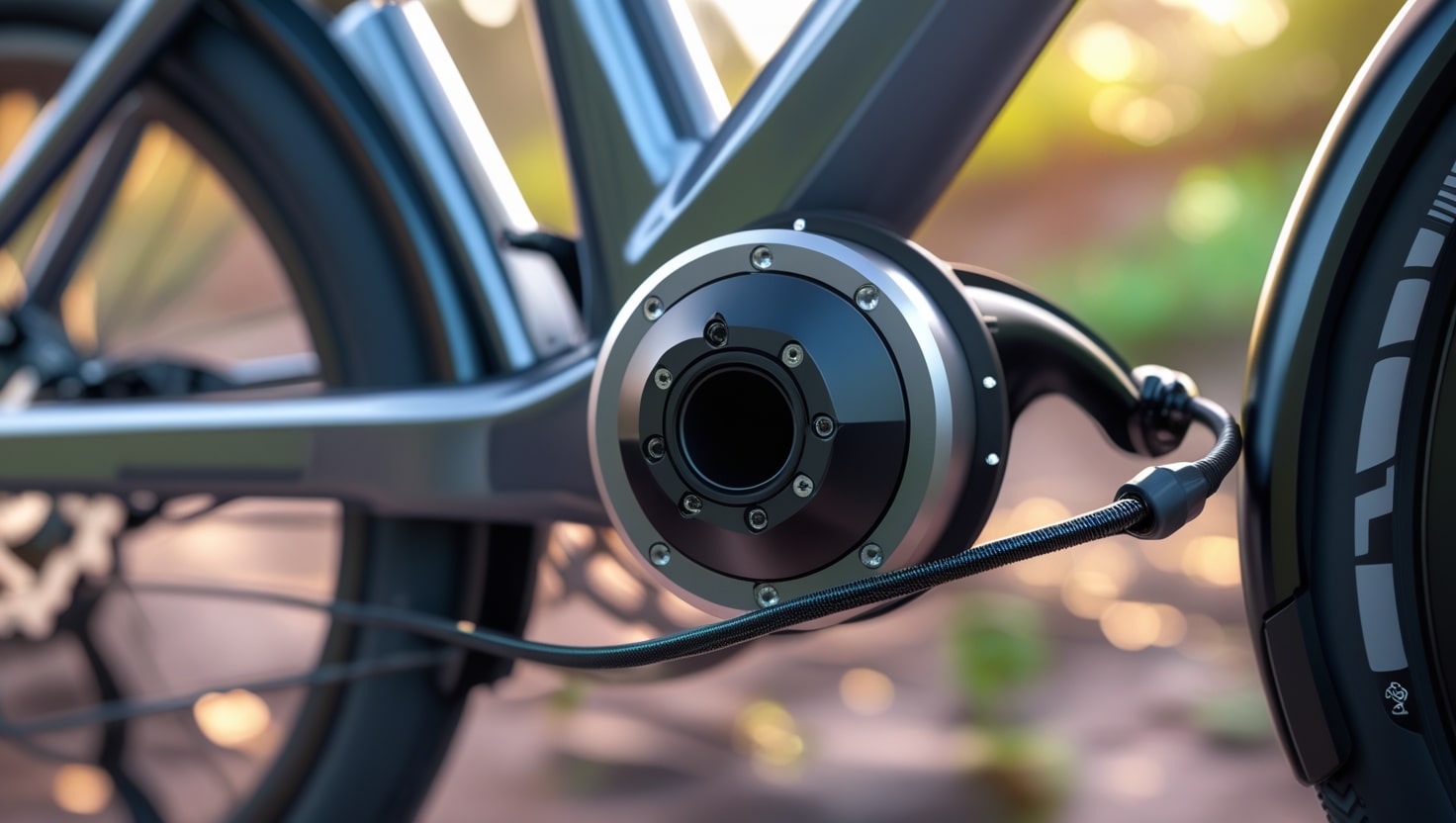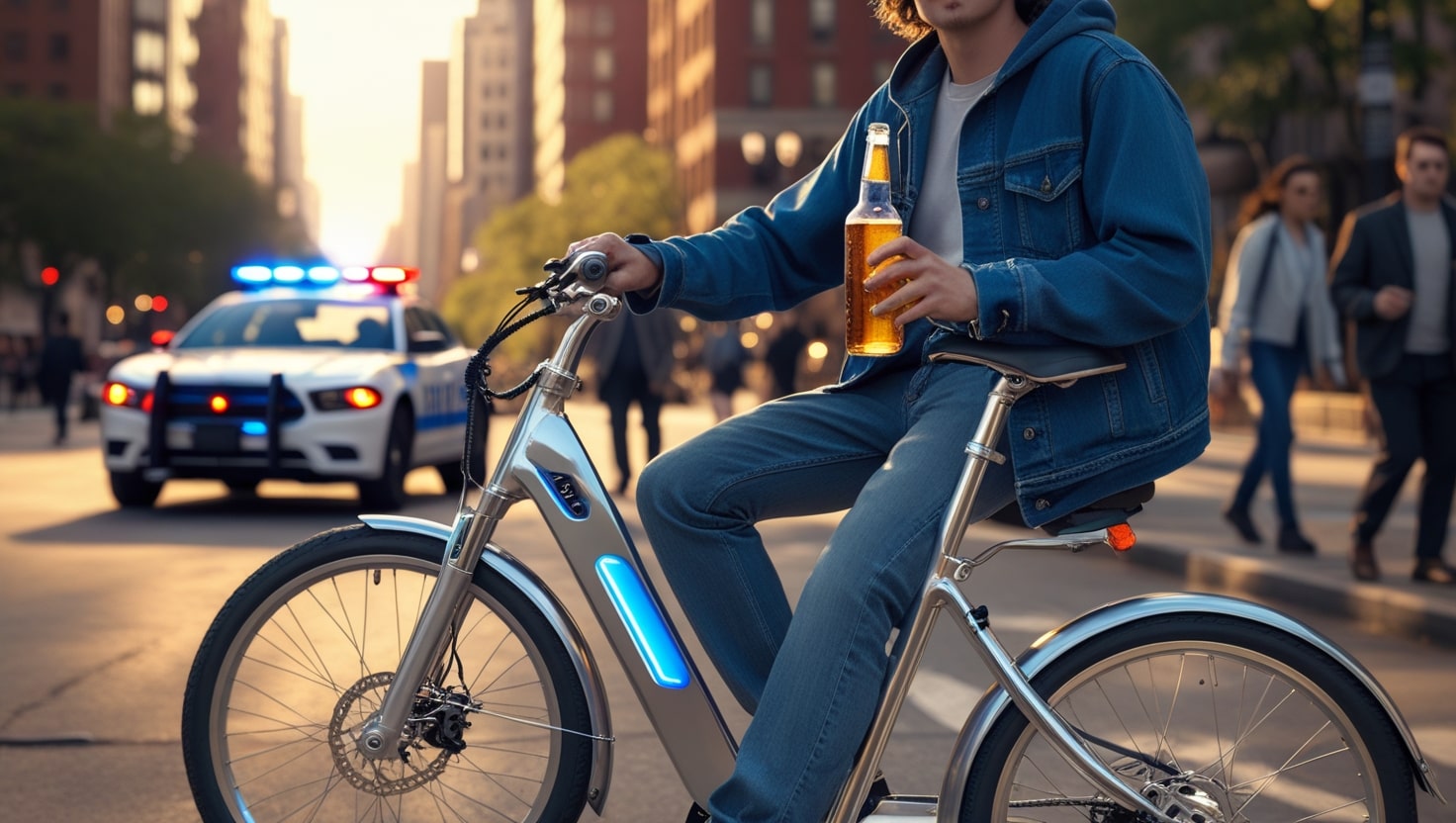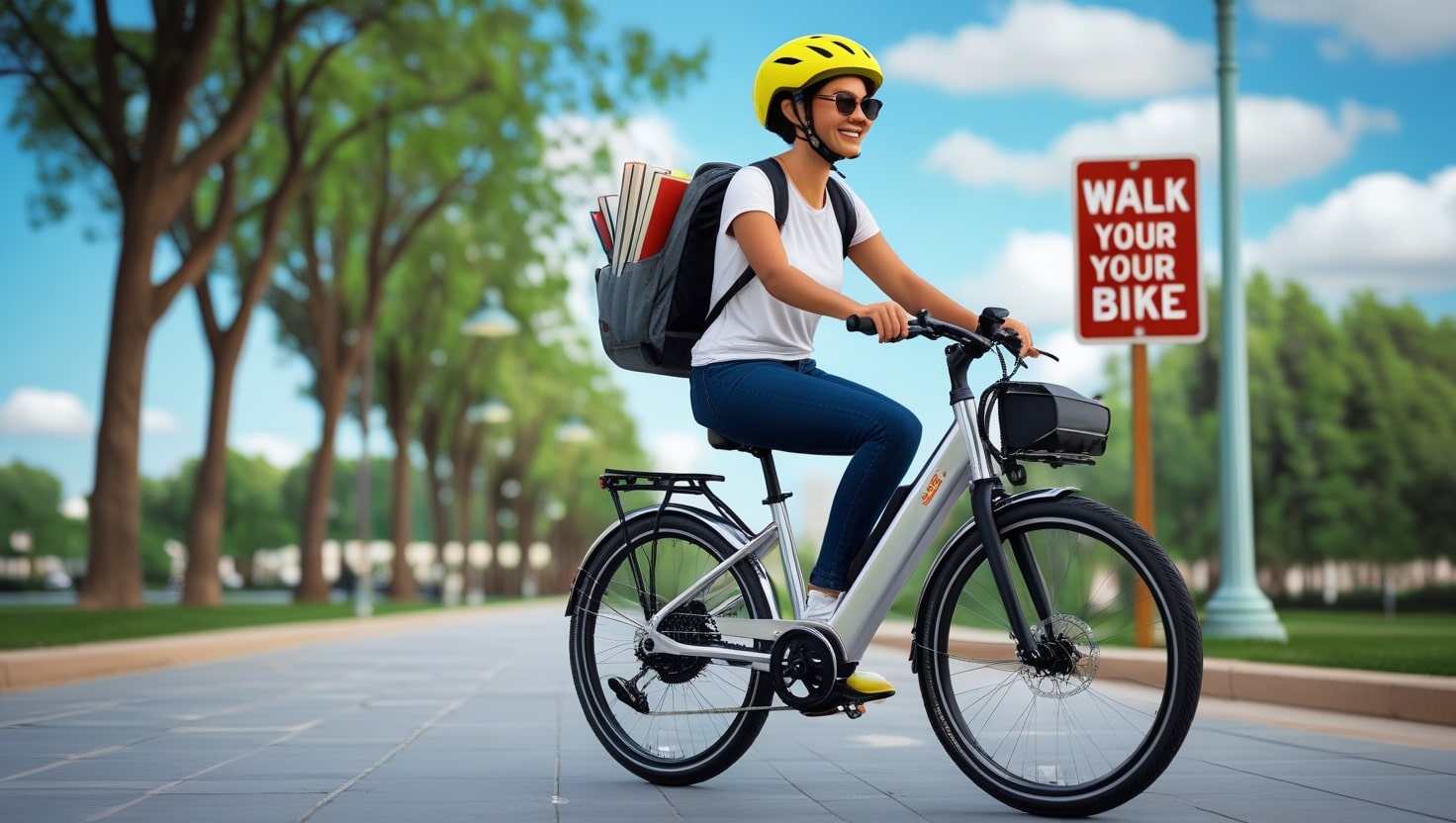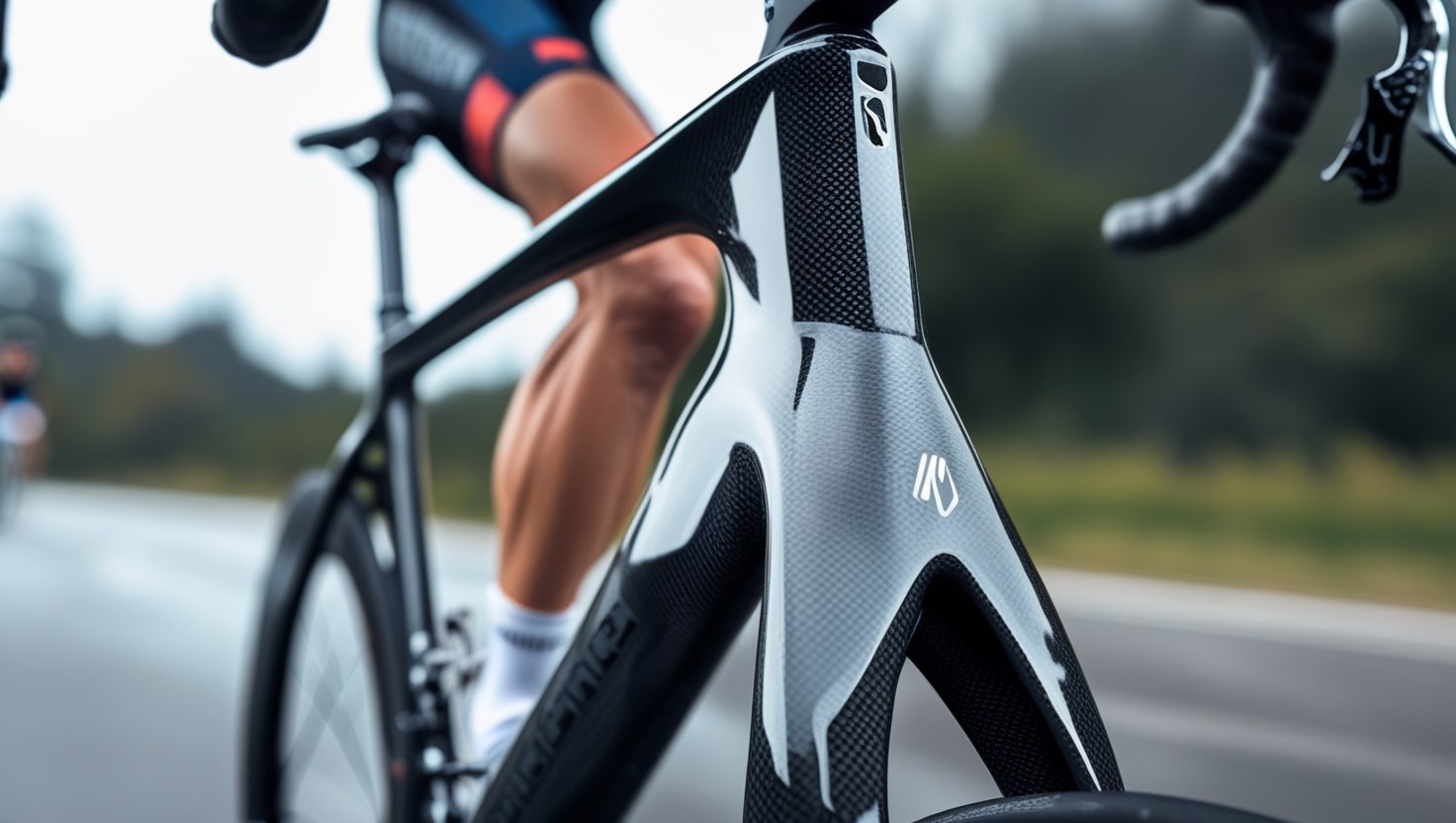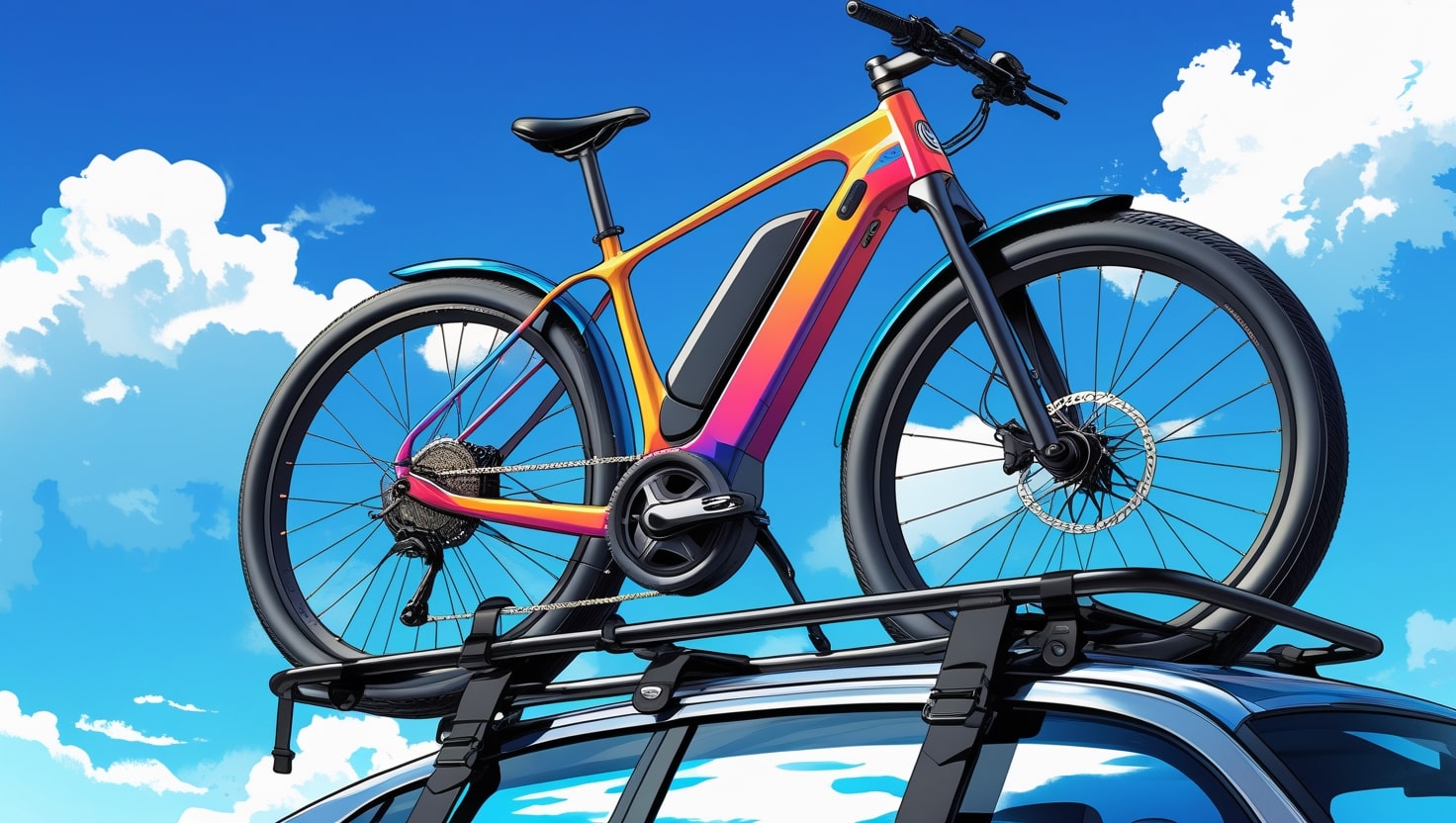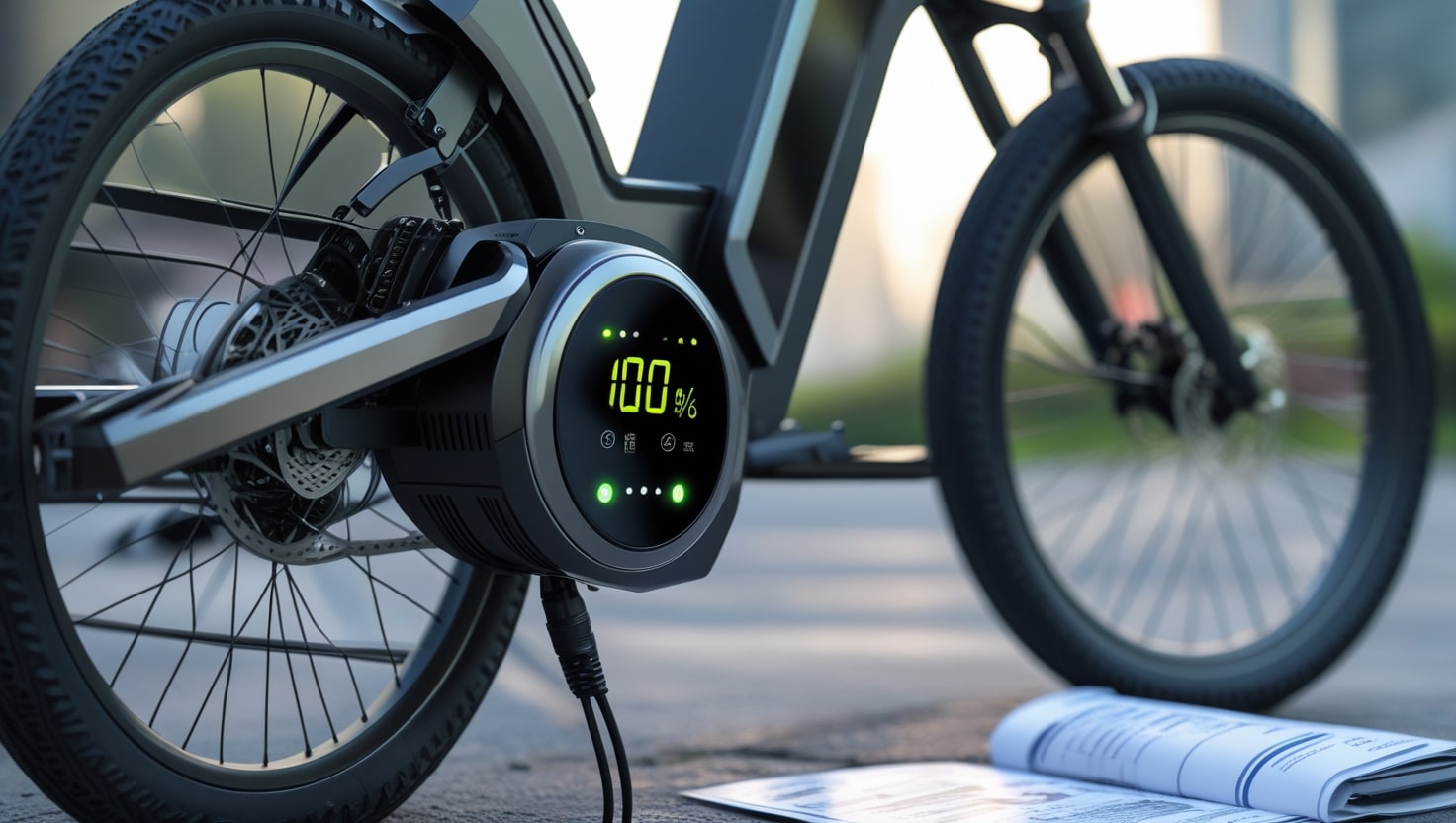When it comes to electric bikes, you’ll often hear about torque sensors and cadence sensors. If you’re a newcomer to the world of electric bike tech, this jargon might feel a bit overwhelming. But understanding what is a torque sensor on an ebike can drastically improve your riding experience.
Both torque sensors and cadence sensors serve different functions, and the choice between them can affect the overall feel of your bike ride. In some cases, advanced electric bikes even feature both types of sensors to optimize performance. For example, the torque sensor determines the appropriate output based on the intensity of your pedaling, and the cadence sensor detects the speed of your pedaling to assist you in getting moving.
The cadence sensor gets you moving, but it’s the torque sensor that helps you carry onward, providing the right output as you ride. The torque you apply to the pedals is measured, and the sensor adjusts the motor’s assistance accordingly. For riders looking for a smoother and more controlled experience, the combination of both sensors in advanced electric bikes is often the way to go.
Wat is a torque sensor on an ebike?
A torque sensor is a device that measures the torque or rotational force applied to the pedals of an e-bike. Typically found near the bottom bracket, where the crankset and pedals are connected, this sensor detects the amount of force the rider is exerting on the pedals. It then sends this important information to the motor controller of the electric bike, helping adjust the motor’s assistance for a smoother and more responsive ride.
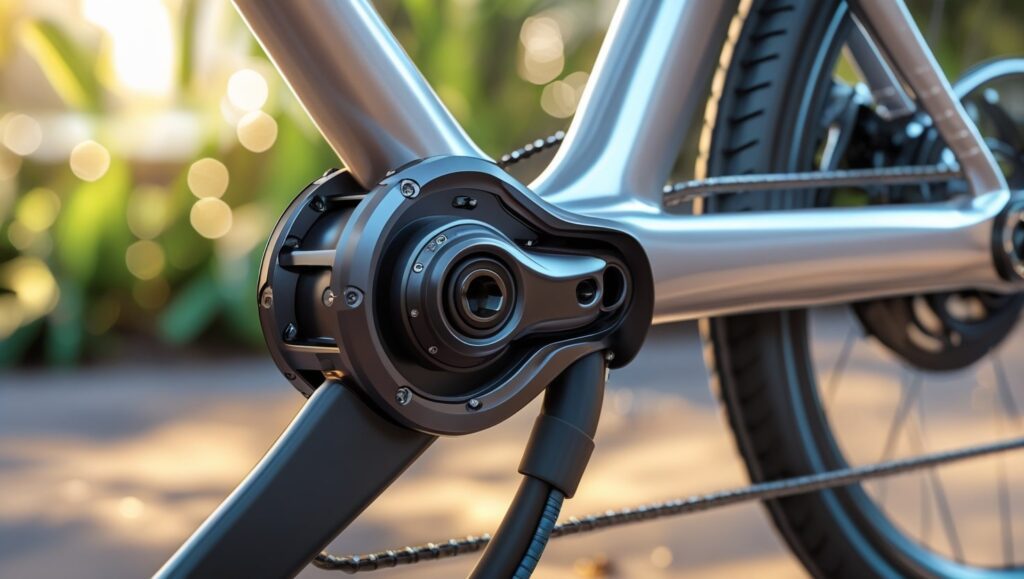
Choosing an e-bike with a torque sensor
When shopping for an e-bike, it’s important to decide between a torque sensor and a cadence sensor. While the cadence sensor might suit some riders, those looking for a more natural and seamless ride tend to prefer the torque sensor. By measuring the effort exerted through the crank, this sensor modifies the motor’s assistance. It provides a more accurate response to the rider’s effort, giving you a ride that feels more intuitive and connected.
The beauty of modern systems is that they can measure your input as frequently as 1,000 times per second, which means the torque-based sensor systems are incredibly responsive and adaptive. This allows the motor to adjust power on the fly, so when you decide to apply more force through the pedals, the system responds instantly. This responsiveness is especially beneficial when riding in varying conditions or when extra power is needed for inclines.
Another big advantage of torque sensors is their impact on battery life. Since they provide a more efficient and accurate power output, they can contribute to savings in battery usage over time. Many advanced systems even pair with an app, allowing you to fine-tune assistance levels and tailor the bike’s performance to your needs, whether you’re recovering from an injury or just looking for a more comfortable ride. You’ll often find torque sensors located at the bottom bracket, on the chainring, or occasionally at the rear dropout, giving you multiple options for performance and comfort.
Some of the advantages of Electric Bike Torque Sensor are:
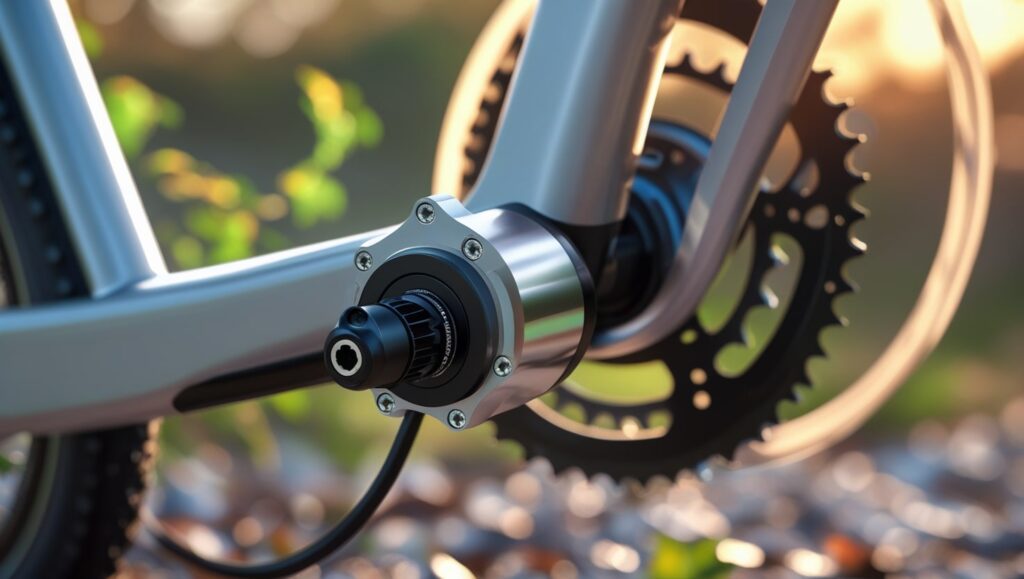
Improved Efficiency
When it comes to e-bikes, one of the primary benefits of using torque sensors is the significant efficiency they bring. Unlike other pedal-assist systems like cadence sensors or throttle-based systems, torque sensors provide a more natural and intuitive riding experience. In real time, the sensor continuously gauges the rider’s exertion and modifies the motor assistance as necessary. This means the motor only kicks in when the rider is actively pedaling, ensuring a more efficient use of battery power and better overall energy management.
Responsive and Smooth Power Delivery
One advantage of torque sensors is their remarkable ability to deliver power responsively and smoothly. The sensor detects even the slightest increase in pedal pressure and instantly adjusts the motor to provide the right amount of assistance. The ride feels more intuitive and effortless since the rider’s exertion and the motor’s power output are integrated, resulting in a natural and pleasurable riding experience.
Intuitive and Adaptive Assistance
Torque sensors provide intuitive and adaptive assistance to e-bike riders by adjusting the motor assistance based on changes in pedaling force. The sensor recognizes the extra effort required to climb a steep hill and increases the amount of assistance to help the rider overcome the slope. On the flip side, when riding on flat terrain or going downhill, the sensor reduces the assistance to conserve battery power, ensuring a smooth and efficient ride.
Extended Battery Life
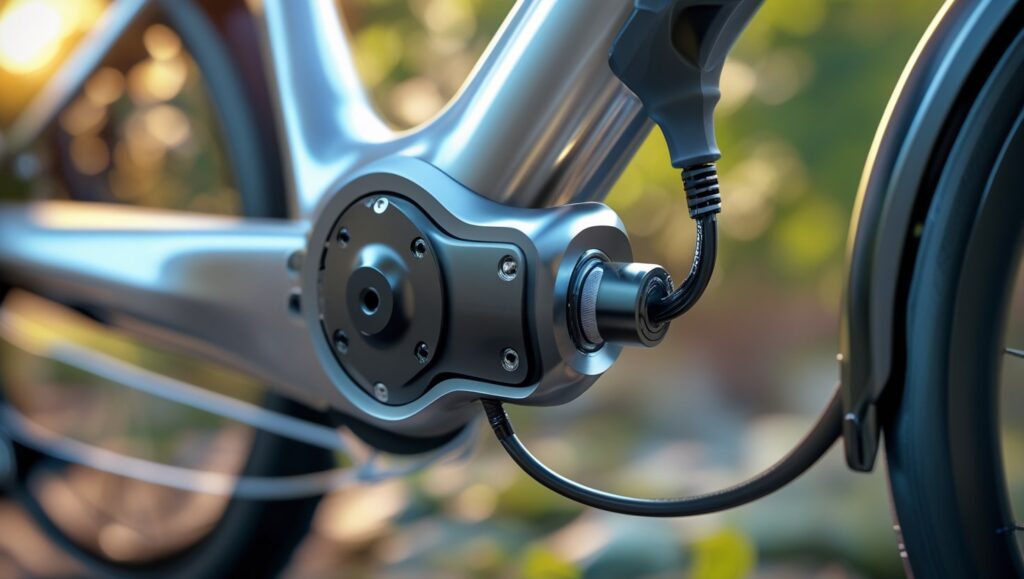
E-bikes with torque sensors provide accurate power delivery, extending battery life. By ensuring that the motor only turns on when required, the sensor helps to cut down on wasteful power use. This makes the system more efficient, allowing riders to enjoy longer rides without constantly worrying about running out of battery power.
Enhanced Safety
One of the key benefits of torque sensors on e-bikes is their ability to improve safety. Especially in difficult riding situations, motorcyclists can maintain more control and stability thanks to the sensor’s responsive and adaptable assistance. The seamless integration of the rider’s effort and the motor’s power output helps prevent sudden surges or drops in speed, ultimately reducing the risk of accidents and ensuring a safer ride.
Related: Convert Mountain Bike To Electric
Some of the disadvantages of the electric bike torque sensor are
You have to pedal harder to get the desired feedback from the system.
If you change the assistance levels while coasting, you might notice small surges or slight drags when lowering the assistance.
You need to pedal at all times to keep the motor engaged, which might not be ideal for everyone.
Torque sensors can be more expensive than cadence sensor platforms, which can be a downside if you’re on a budget.

Choosing an e-bike with a cadence sensor
Cadence sensors are a simpler, more affordable tool used in many e-bikes. They detect the rate of pedaling by sensing the movement of magnets attached to a circular disc. As the crank moves past the 360-degree mark, these magnets pass by the sensor, which tracks the rider’s input and sends that data to the bike’s controller. From there, the motor applies the correct assistance, taking into account both the rider’s effort and the chosen assistance setting.
However, cadence sensors are less sophisticated than their counterparts, like torque sensors. This means the feedback from the motor might not be as responsive or precise. The system is designed to provide assistance based on pedaling speed, but the connection between the rider’s effort and the motor’s output can be a bit less seamless. Some riders notice that gaps or slight lags can occur when activation or resuming pedaling after a pause.
You might experience a slight lurch in acceleration with cadence sensors, especially when starting or adjusting the pedal-assist mode. The output speed of the pedal-assist level can also feel a bit abrupt, as the system responds quickly to changes in pedaling speed. In fact, as you adjust the assistance levels, you may notice more variation in the performance compared to a torque sensor, which typically delivers a more consistent output.
Some more sophisticated systems allow you to fine-tune the assistance levels via an app. This means you can adjust the motor’s performance to better suit your needs, fine-tuning the spectrum of available power based on your riding style. For instance, if you’re riding in flat terrain or on longer rides, you might prefer less assistance, whereas steeper climbs would require higher levels of support.
One downside to cadence sensors is their energy consumption. Since these sensors aren’t as precise as torque sensors, they tend to use more power, which means they don’t provide the same range for long-distance mileage. If you plan on going for longer rides, the added power consumption may become noticeable compared to an e-bike that uses a torque sensor.
Related: how fast do electric bikes go?
Pros
Cadence sensors are cheaper, which helps to reduce the overall e-bike cost.
These sensors can accelerate the bike quicker with less rider effort, making them a good option for casual riders.
They deliver power even when your input is lacking, which is helpful for riders dealing with an injury or other conditions that prevent them from producing a large output.
The pedal assist function is easy to understand and provides a straightforward way to control power.
Speed is directly tied to the pedal assist function chosen, offering a consistent riding experience.
Cons
Cadence sensors can be an option that provides less of a workout, which may not be ideal if you’re looking for more of a fitness challenge. To get real metrics, you may need to use a fitness app or heart rate monitor.
Engagement with cadence sensors can have a lag, which will vary depending on the system you’re using, making the response time less predictable.
Starting on hill starts can feel awkward, as you need to apply proper pressure and pedal rotation to get the motor engaged, especially if the bike is heavy or carrying load.
Cadence sensors can be more battery-intensive, which may limit your range and make the bike less efficient on longer rides.
They offer a less natural ride feel, and the system can be prone to sharper acceleration jolts when switching between modes, which can be jarring for some riders.
Related: why does my motorcycle backfire?

